League of Nations Mandate for Palestine, 1922
International legitimacy is granted to establish a Jewish National Home in Palestine. Rules for its establishment clearly give Jews in Palestine distinct advantages over the local Arab population.
Emerging from World War I, the League of Nations was created in April 1920 at the end of the deliberations of the Paris Peace Conference. Its objectives were to avoid the tragedy of war, to promote international peace, and to secure cooperation among nations. In addition, the League of Nations, of which Britain and France were the two most powerful voices, established a Mandatory system, the guiding principle of which was the well-being and development of inhabitants of certain ex-enemy colonies and territories. It was to be guided by a mandatory power on behalf of the League. Until they achieved independence as states or became parts of states, the mandated areas included parts of Africa and the Middle East: Palestine, Trans-Jordan, Syria, Lebanon, Iraq, Tanganyika, South West Africa, Nauru, New Guinea and several other geographic areas.
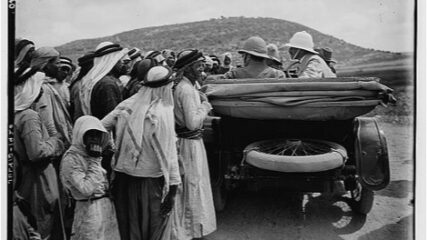
International legitimacy is granted to establish a Jewish National Home in Palestine. Rules for its establishment clearly give Jews in Palestine distinct advantages over the local Arab population.

Established in 1920, the League of Nations evolved out of the Paris Peace Conference. One of its objectives was to assist former territories evolve to self-government through Mandates. In the Middle East there were British Mandates for…

The British and French zones of influence, or mandates, in the eastern Mediterranean region were ratified by the San Remo Agreement in 1920 and approved by the League of Nations in 1922.

With intentioned ambiguity, Britain asserted that its goal in Palestine was not to make it wholly Jewish or subordinate the Arab population. Self-determination was not promised. Britain wanted to remain ‘umpire’ between the communities. Naively it thought it could control communal expectations and keep the peace.
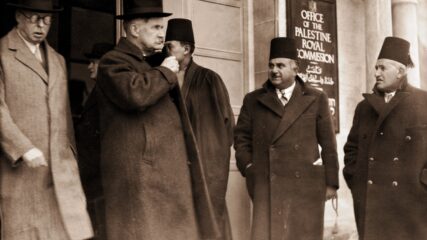
After outbreak of communal violence, the British investigatory committee suggests partition of Palestine, seeking to create two states for two peoples.
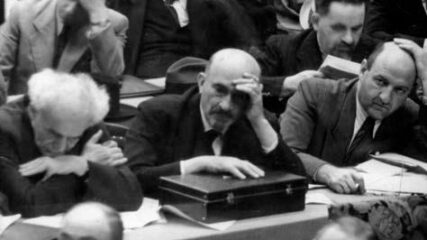
Zionist leaders—David Ben-Gurion, Chaim Weizmann and Eliezer Kaplan—learning of the British intent to limit severely the Jewish national home’s growth. Increasingly, they are also aware of the German government’s hostilities towards European Jewry.
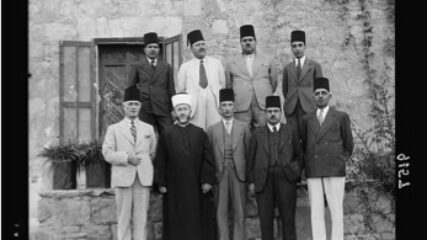
Mufti opposes Arab majority state in ten years contrary to wishes of a dozen key other Palestinian leaders. Mufti wants no Jewish political presence in Palestine whatsoever.

The head of Arab League says Palestine may be lost in a confrontation with the Zionists, but emphatically states that war is the Arab’s only option.
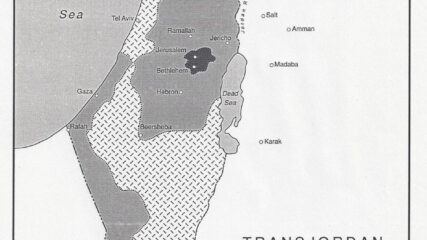
The UN recommended establishing Arab and Jewish states in Palestine, with an international regime for Jerusalem. Zionists were jubilant; Arab states and the Palestinians were indignant and rejected two state solution. No Arab state is established, Israel is in 1948
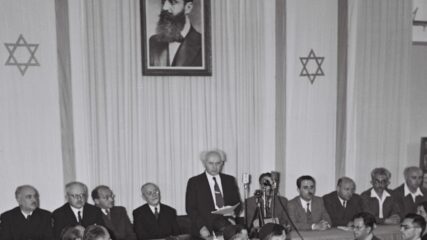
The Declaration recounts the Jewish connection to the Land of Israel, the birth of Zionism and U.N. recognition of a Jewish state’s legitimacy. It also promises that the state will be a democracy for all its citizens.